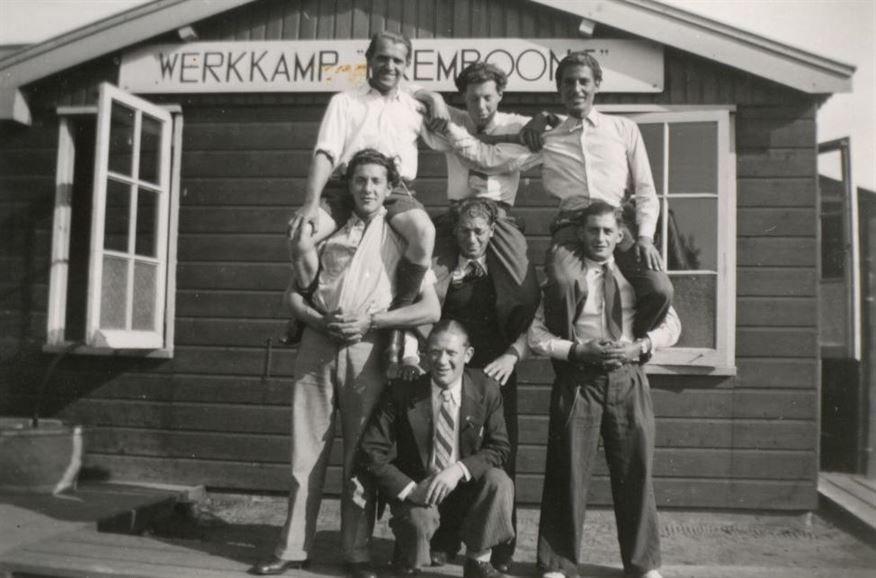Going into hiding
Around 25.000 Jewish Dutch people tried to avoid deportation by going into hiding. The decision to go into hiding was difficult. The SD and Dutch accomplices monitored strictly and hunted for Jews. Of the Jews who went into hiding in our country during the Second World War, two-thirds likely survived the war.
Going into hiding generally required a lot of money. There were barely any safe houses available where those who provided a hiding place were able and willing to completely support the people. Transportation was an issue, too: there were few cars, and traveling by public transportation was practically impossible as a result of intensive checks.
The Jews who were in hiding normally received help from non-Jewish Dutch. Organisations like the National Organisation to Help Those in Hiding (Landelijke Organisatie voor Hulp aan Onderduikers) and students from the Utrecht Children Committee (Utrechts Kinderencomité) helped Jewish adults and children disappear from public life. This was incredibly risky. It wasn’t just nerve-wracking work, the risk of the death sentence upon discovery was present constantly.
Bounties
Thousands of Jews in hiding were betrayed during the Second World War. From 1943, employees of the Sicherheitsdienst (SD) received a premium for every Jew that was captured. In Amsterdam, the Colonne Henneicke arrested over 8,000 Jews between March and September 1943. For every Jew they arrested, members received a ‘bounty’ of at least 7.5 guilders. In the spring of 1944, the bounties had increased to 40 guilders per Jew.





